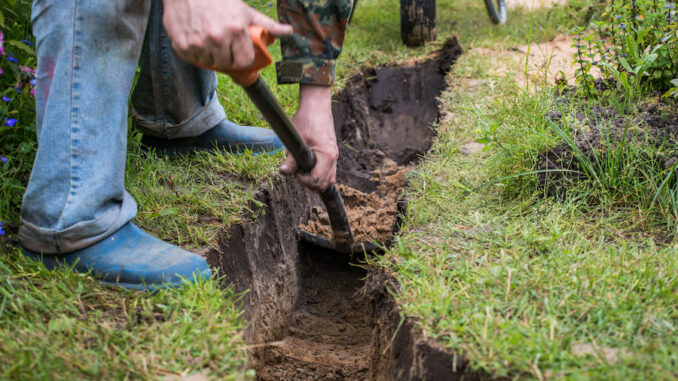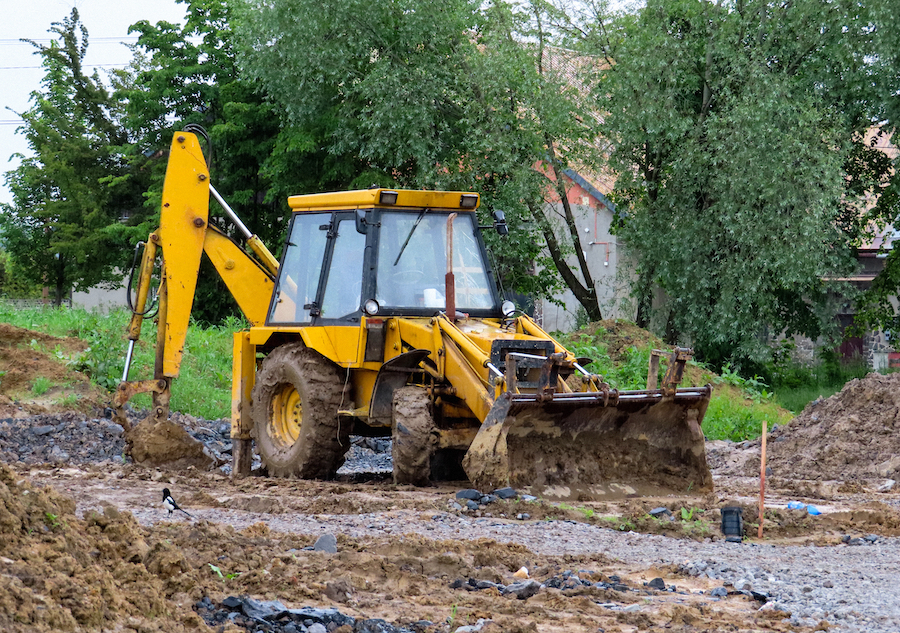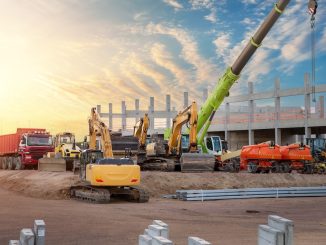
View the complete article here.
Landscaping is both an art and a science—requiring a combination of creativity and technical know-how to achieve a functional and aesthetically pleasing outdoor space. And landscaping is nothing without proper drainage—which is essential for preventing water damage, protecting plants and soil, and ensuring the longevity of the landscape.
Benefits of Proper Drainage on Landscaping Projects
Often rushed and even completely overlooked at times, proper drainage on both residential and commercial landscaping projects is essential.
Proper drainage prevents water damage. Incorrect drainage can lead to water damage to a project’s foundation and landscaping. Stagnant water can erode soil and undermine plant roots—leading to damage to your plants and outdoor structures.
Need to protect soil and plants? Excess water can cause soil to become waterlogged, which can lead to soil erosion and compaction—making it difficult for plant roots to penetrate the soil and access the nutrients they need to grow.
Drainage is crucial to improve soil quality—allowing excess water to drain away, reducing the probability of soil erosion and compaction, and helping to improve soil aeration and fertility.
Regarding landscape appearance maintenance, drainage often helps to maintain the overall aesthetics of your landscaping. Waterlogged soil and plants can become haggard—detracting from the overall appearance of your outdoor space.
Common Drainage Problems on Landscaping Projects
Neglecting proper drainage on landscaping projects can have costly consequences.
Consider poor grading. When the land is not properly sloped, water often accumulates in low-lying areas and create standing water—leading to soil erosion and potential harm to vegetation.
Compacted soil is another potential problem on landscaping projects. When soil is compacted, it can reduce its ability to absorb water—causing water to pool and potentially lead to foundation damage and other potential structural problems.
Be wary of improperly installed or clogged drainage systems. When drainage systems are not installed properly—or become clogged with debris—water will not be able to flow properly and may cause stagnant water and erosion.
Overwatering can lead to waterlogged soil, which can prevent plants from getting the oxygen they need to thrive and eventually cause root rot.
Drainage problems can be caused by hardscaping. Hardscaping—such as patios, sidewalks, and retaining walls—can impede water flow and cause standing water, erosion, and other potential drainage problems.

Tips for Proper Drainage on Landscaping Projects
We’ve discussed the benefits of proper drainage—as well as the common drainage problems—but what can you do to encourage proper drainage?
Grade your landscape—shaping the ground so that water flows away from the structure.
Install drainage systems—such as French drains and catch basins—that can channel excess water away from the property and prevent water damage.
Use mulch, which helps to regulate soil moisture—preventing soil from becoming waterlogged, and provides insulation for plant roots.
Plant appropriate plants. Choosing plants that are well-suited to the local climate and soil type can help to prevent drainage problems in the landscape.
View the complete article here.
Why is proper drainage crucial for landscaping construction?
Proper drainage is crucial for landscaping construction to prevent water accumulation that could potentially damage the landscape and buildings. It helps protect the structural integrity of constructions, prevents soil erosion, and preserves the health of the plants. It also helps to manage water resources more effectively and prevents issues like waterlogging, which can lead to costly repairs.
What are some methods to ensure proper drainage in landscaping construction?
To ensure proper drainage in landscaping construction, several methods can be employed. These include grading the landscape properly, installing drain pipes and catch basins, incorporating rain gardens or other types of bio-retention facilities, and using permeable paving materials. The choice of method will depend on the specific conditions and requirements of the project.












































